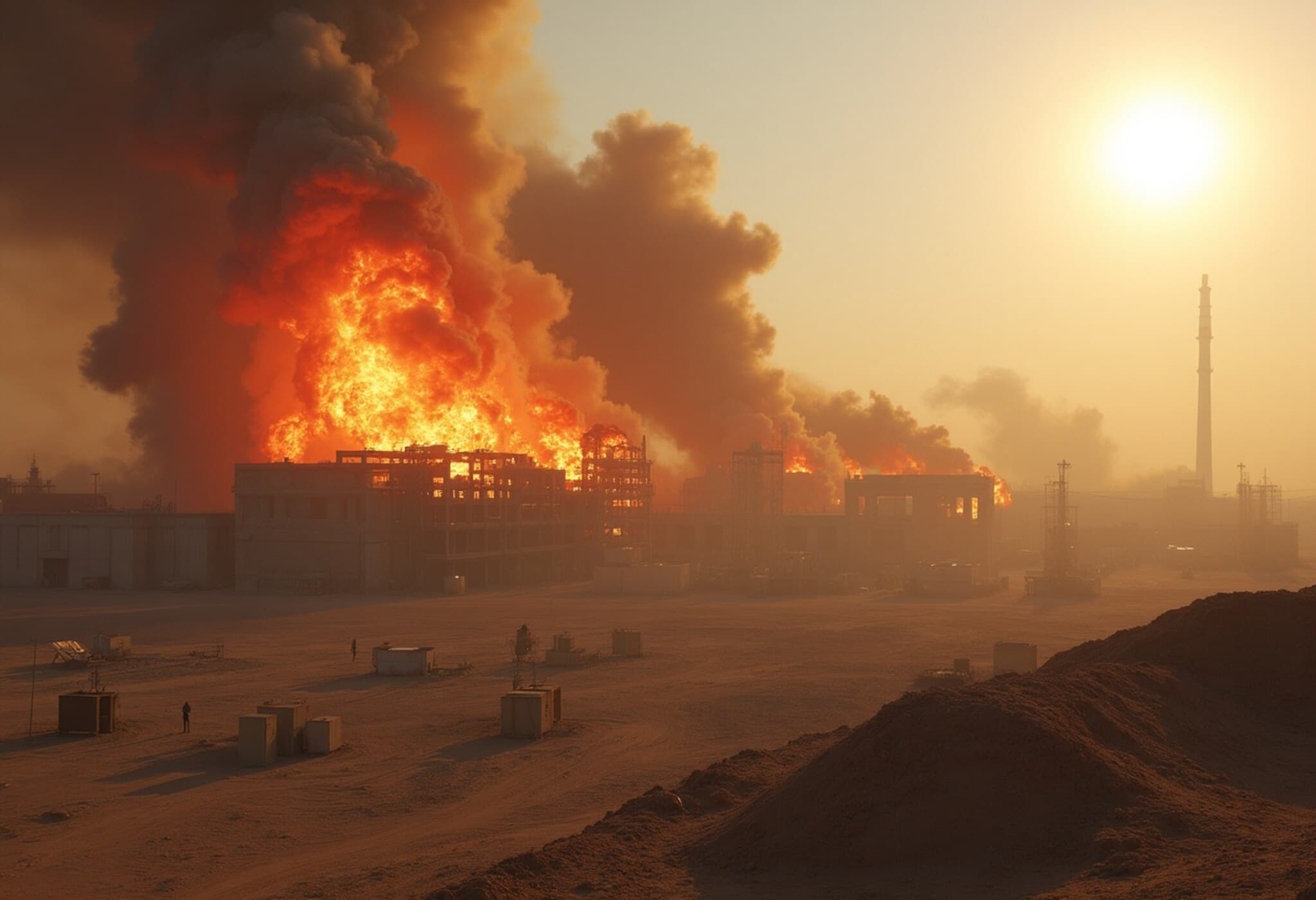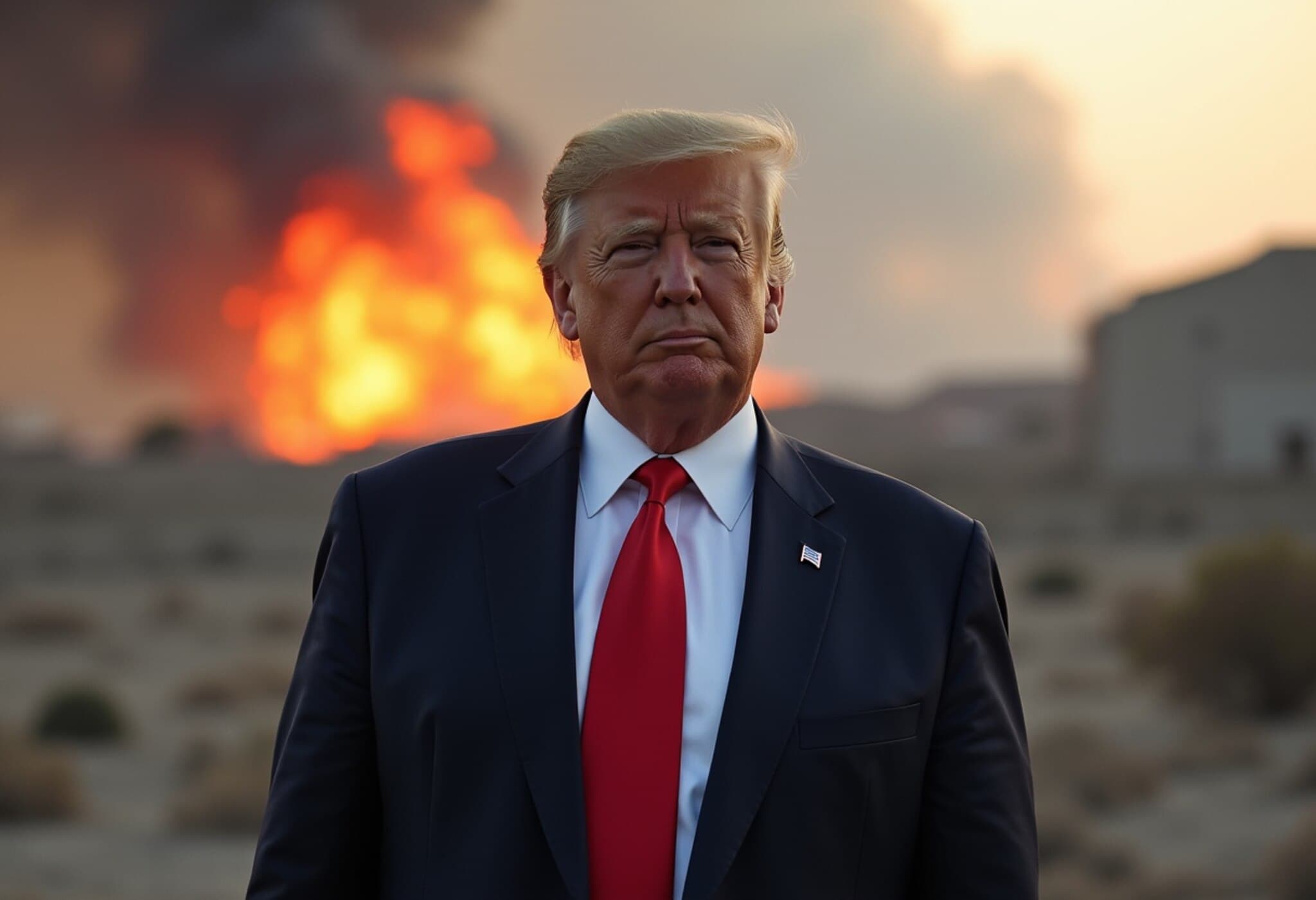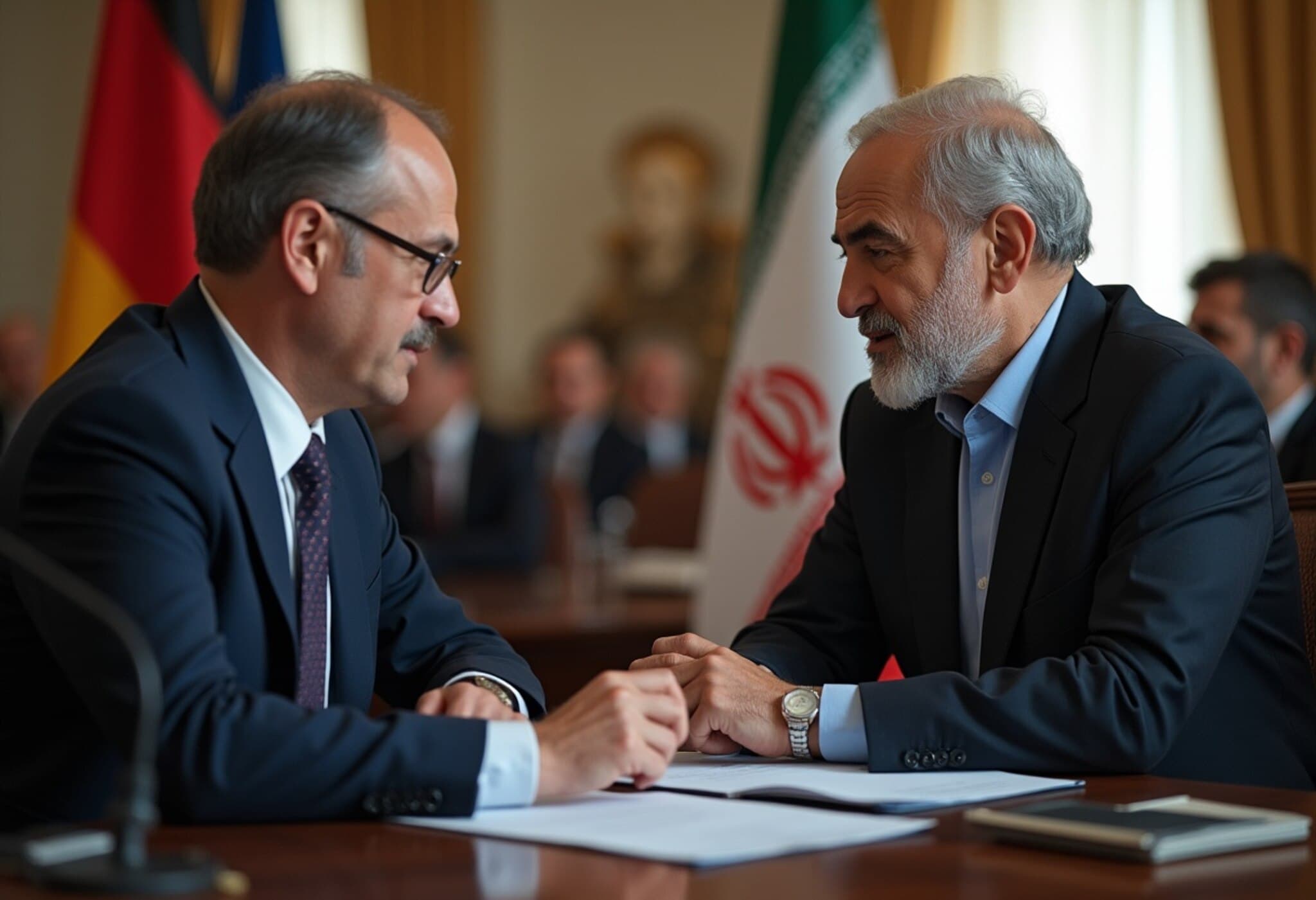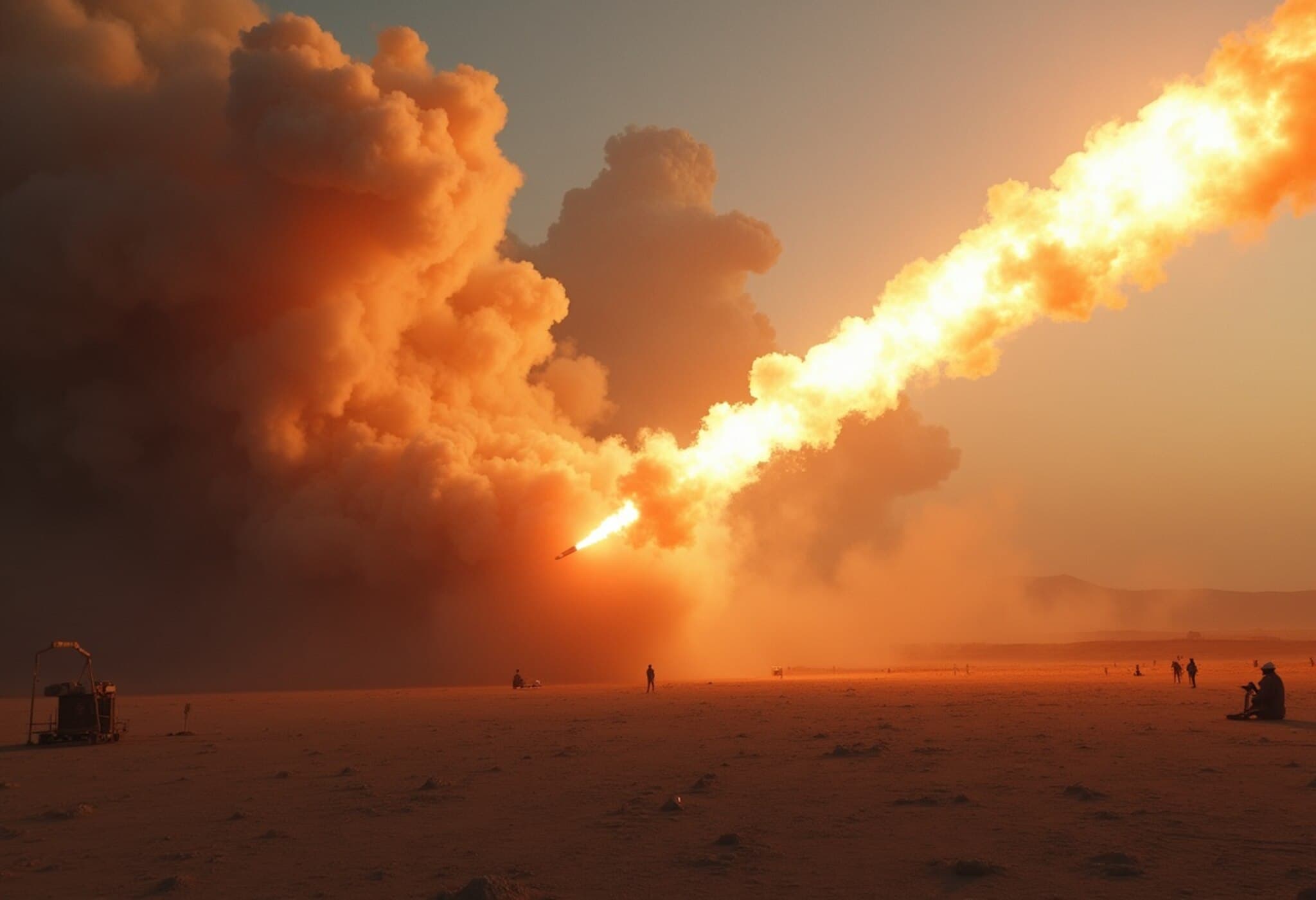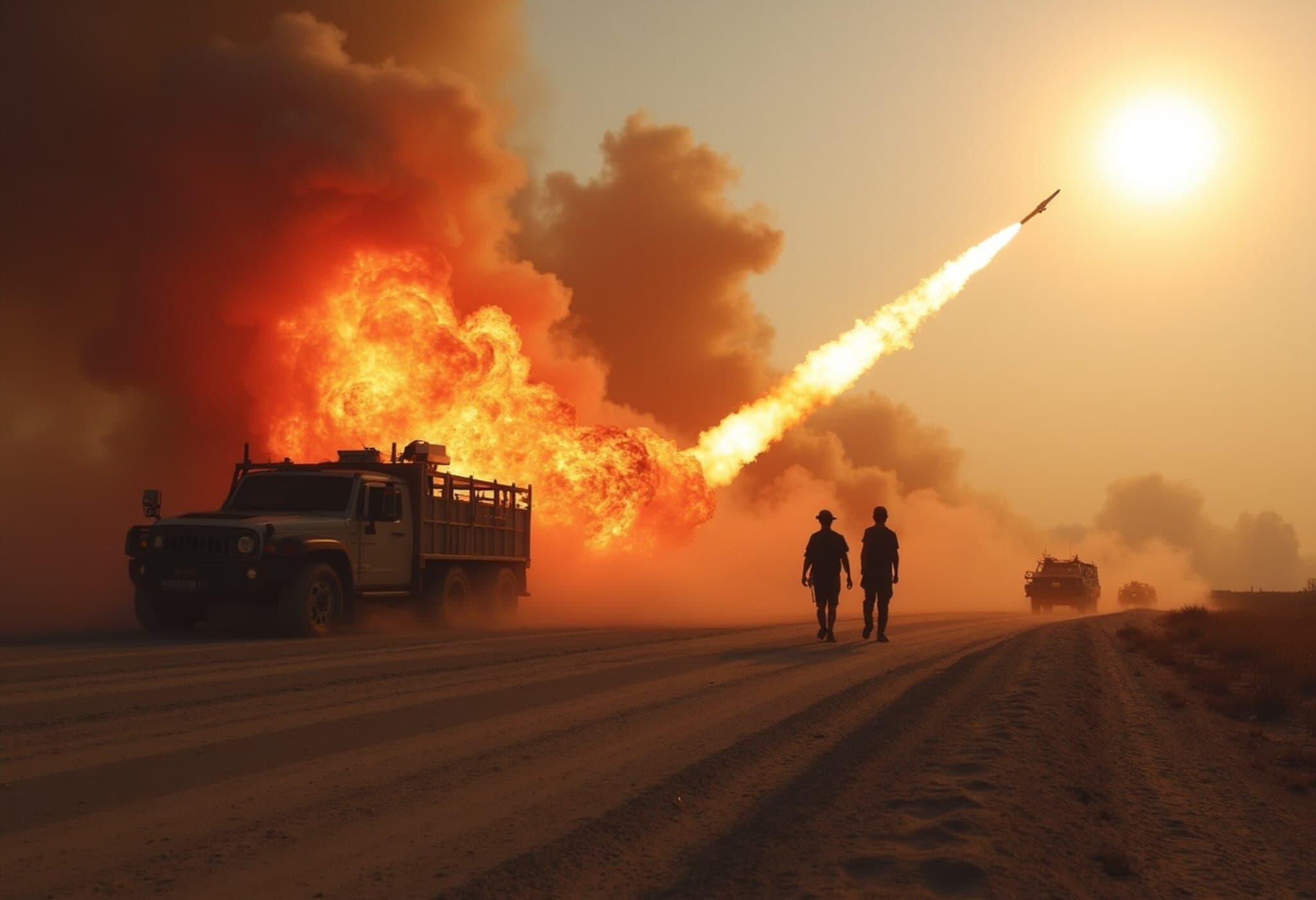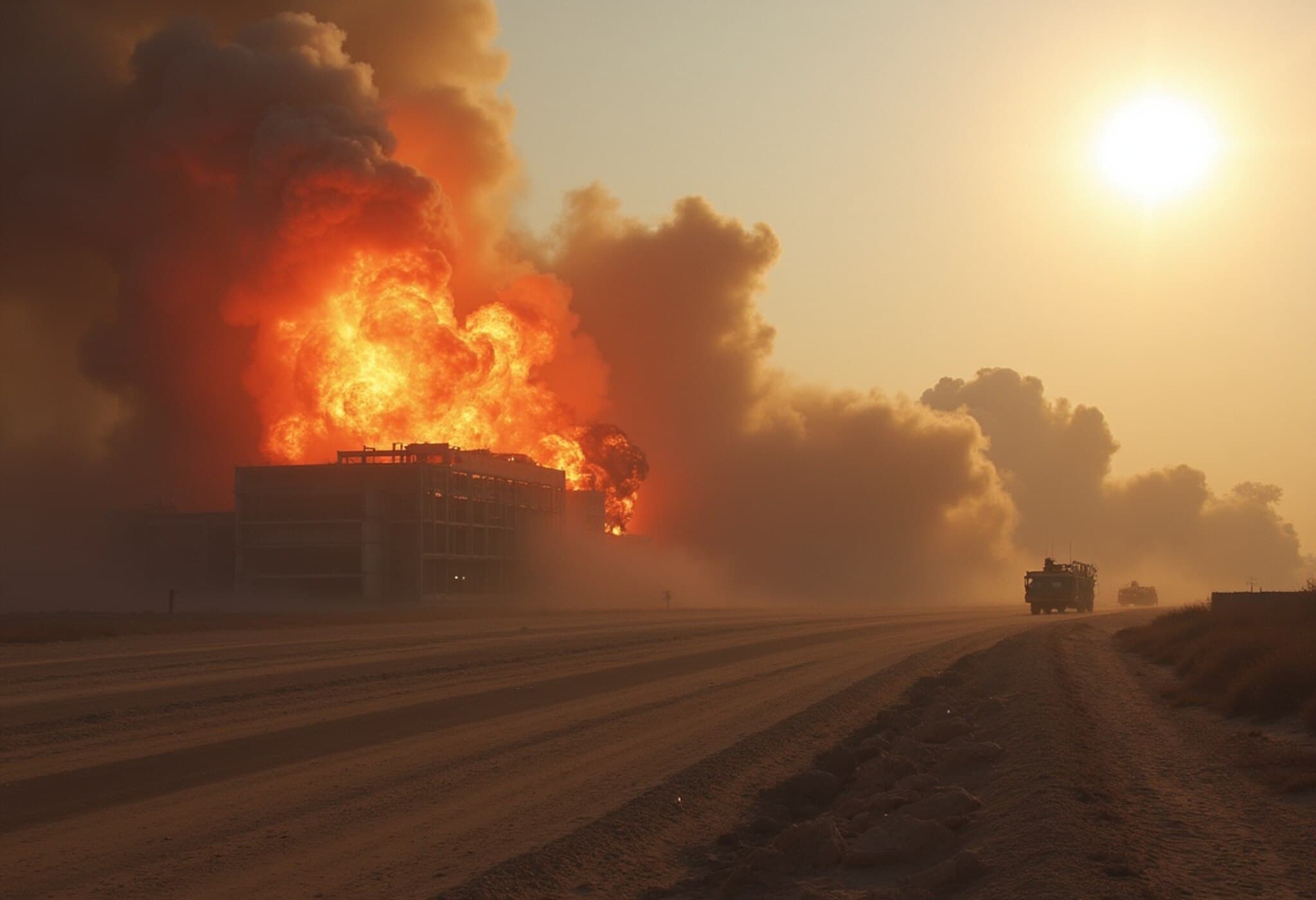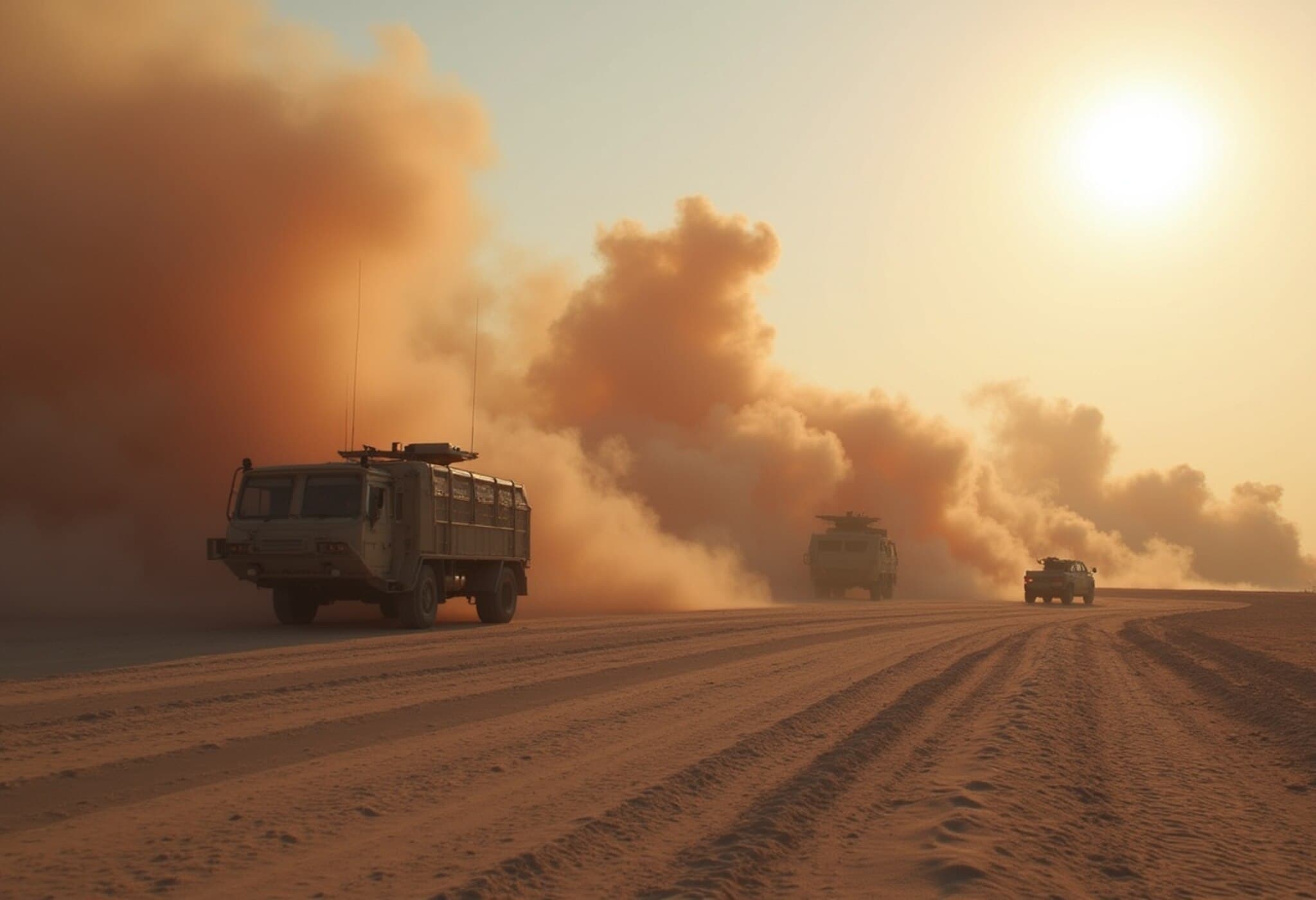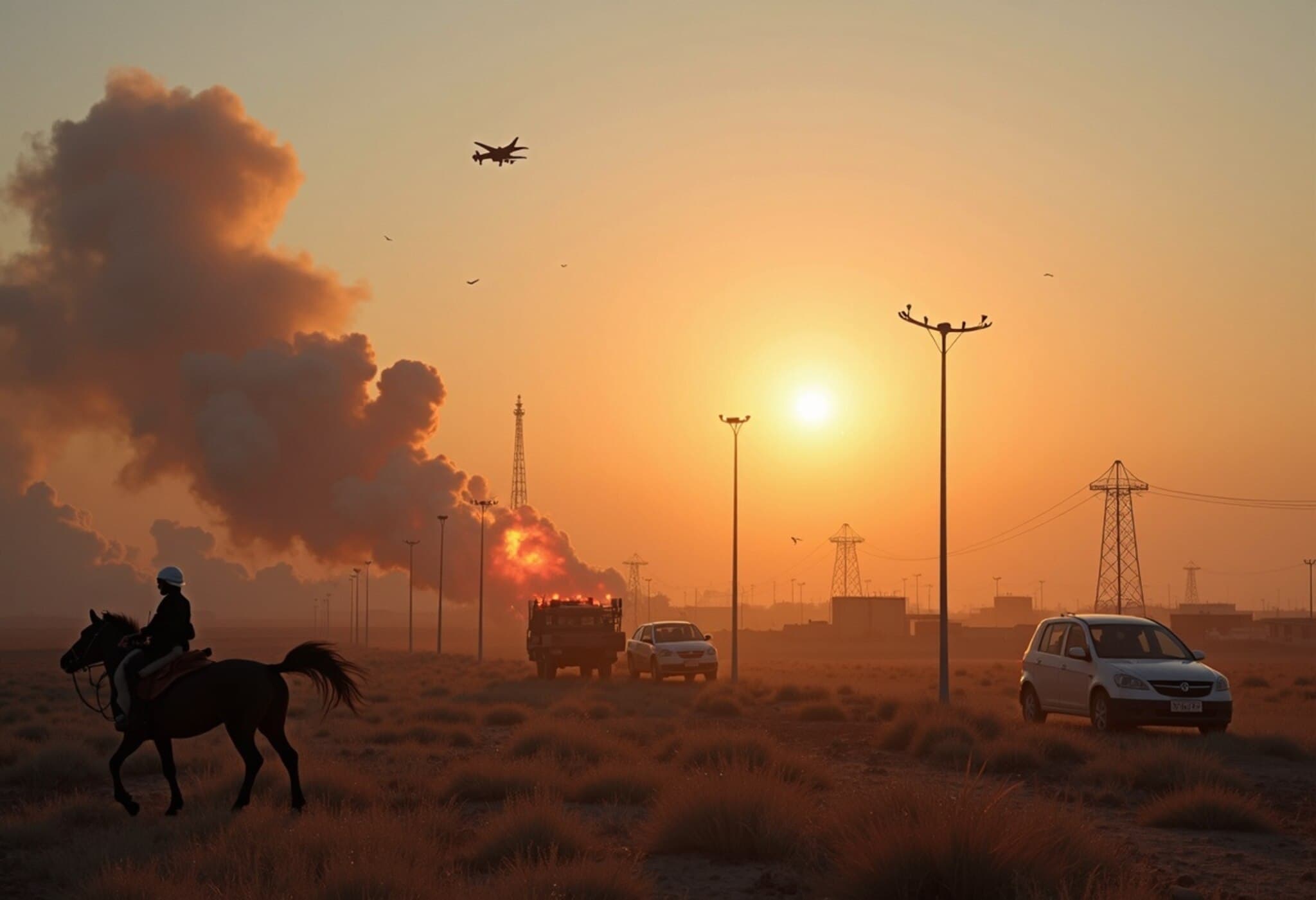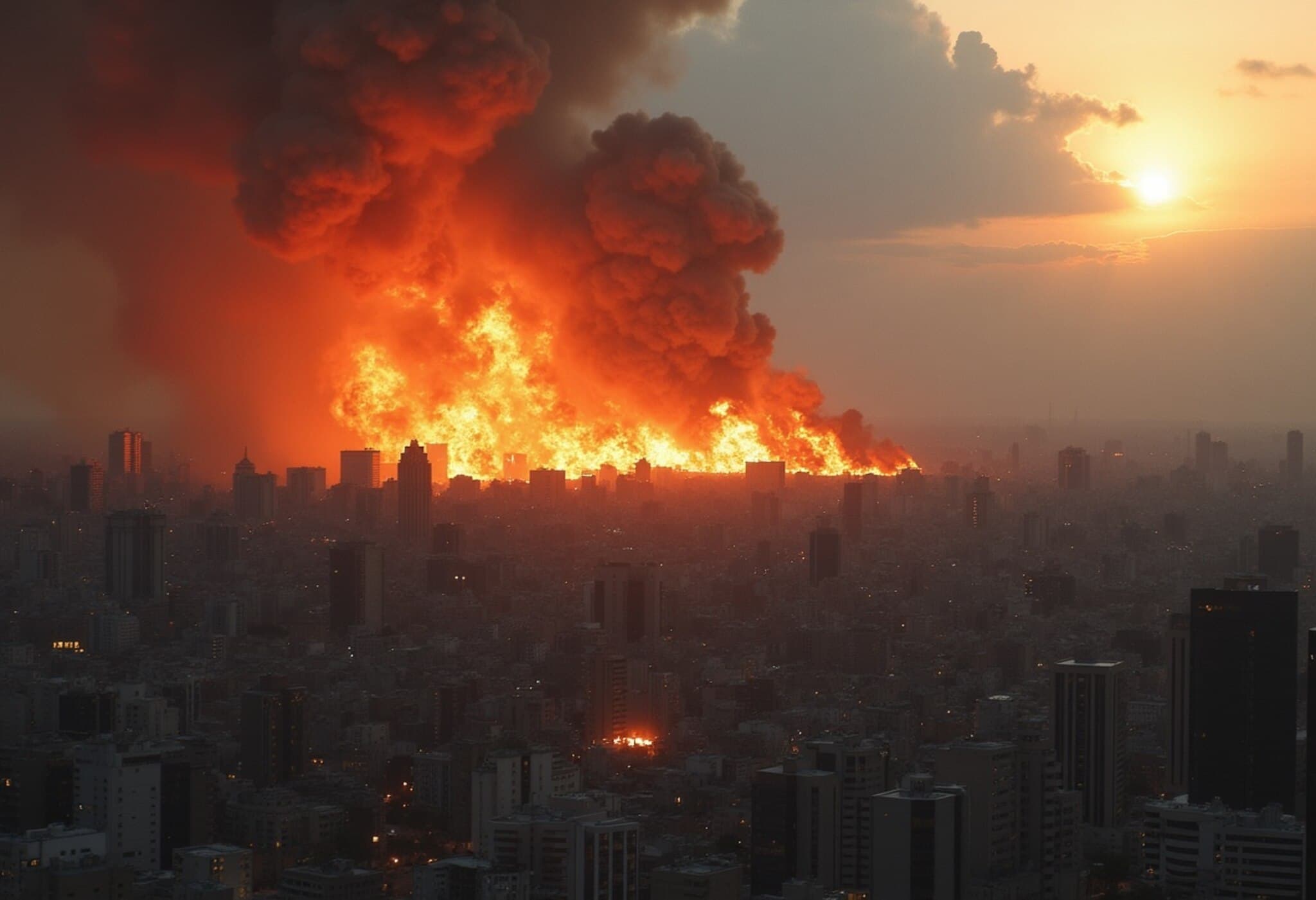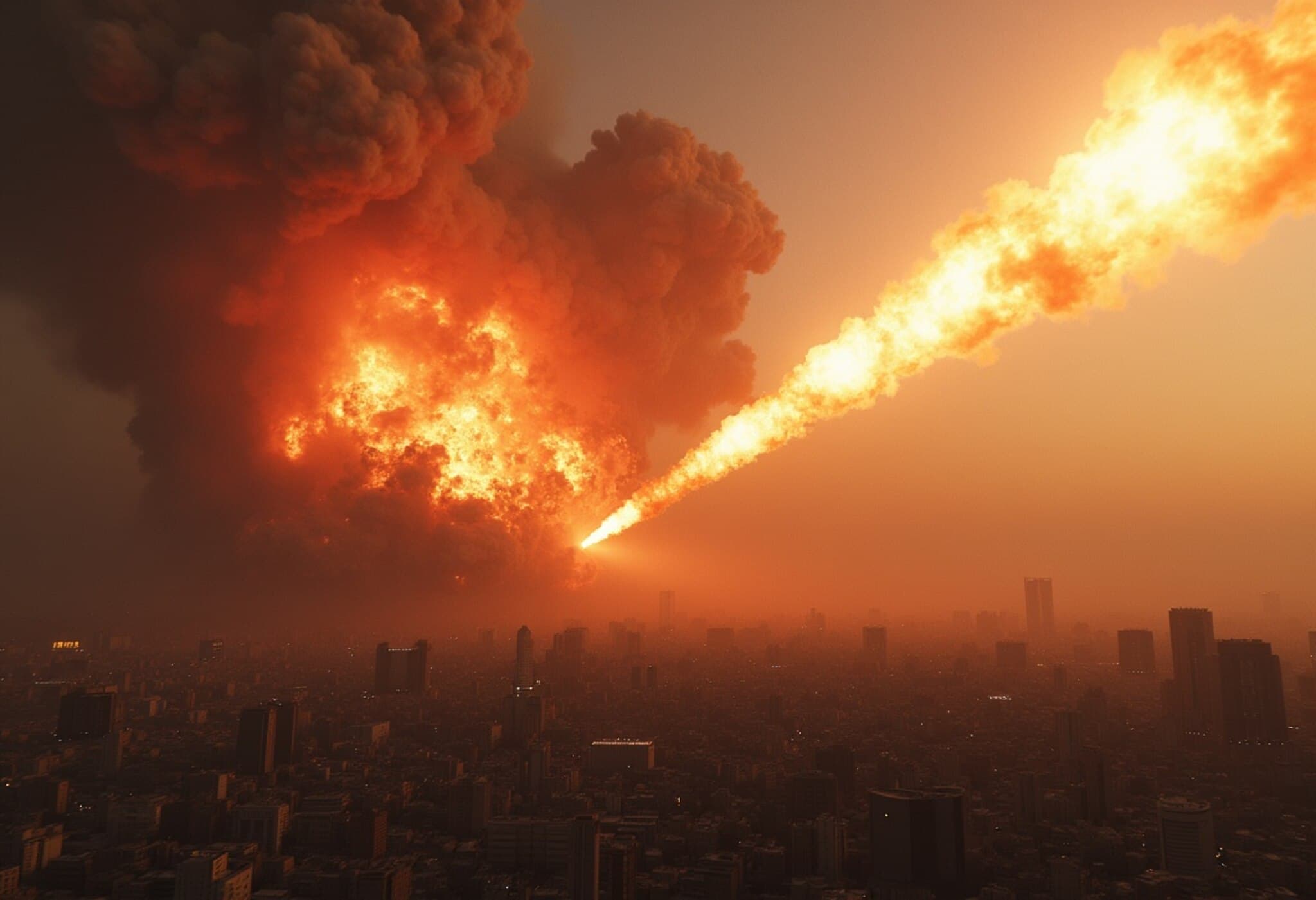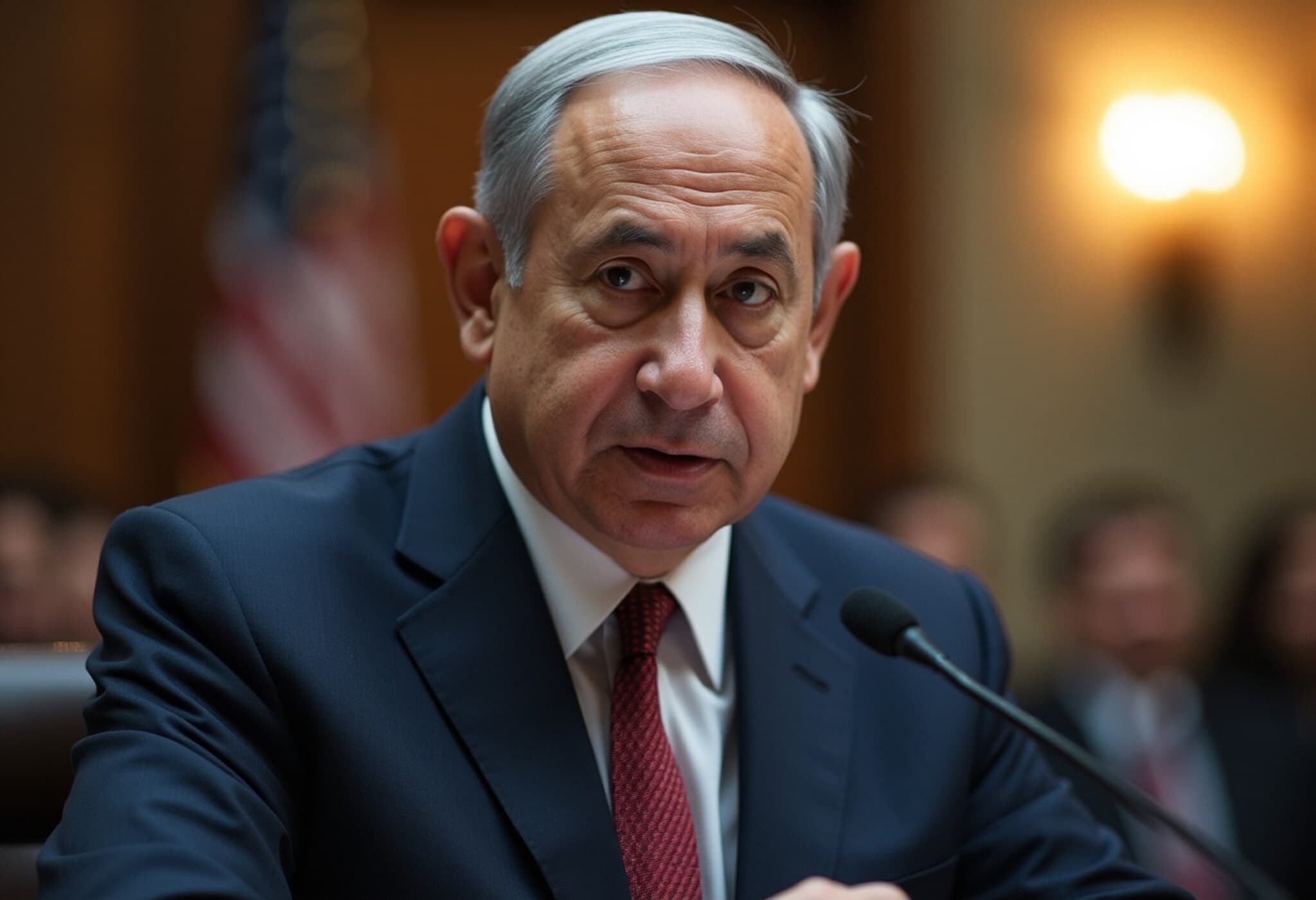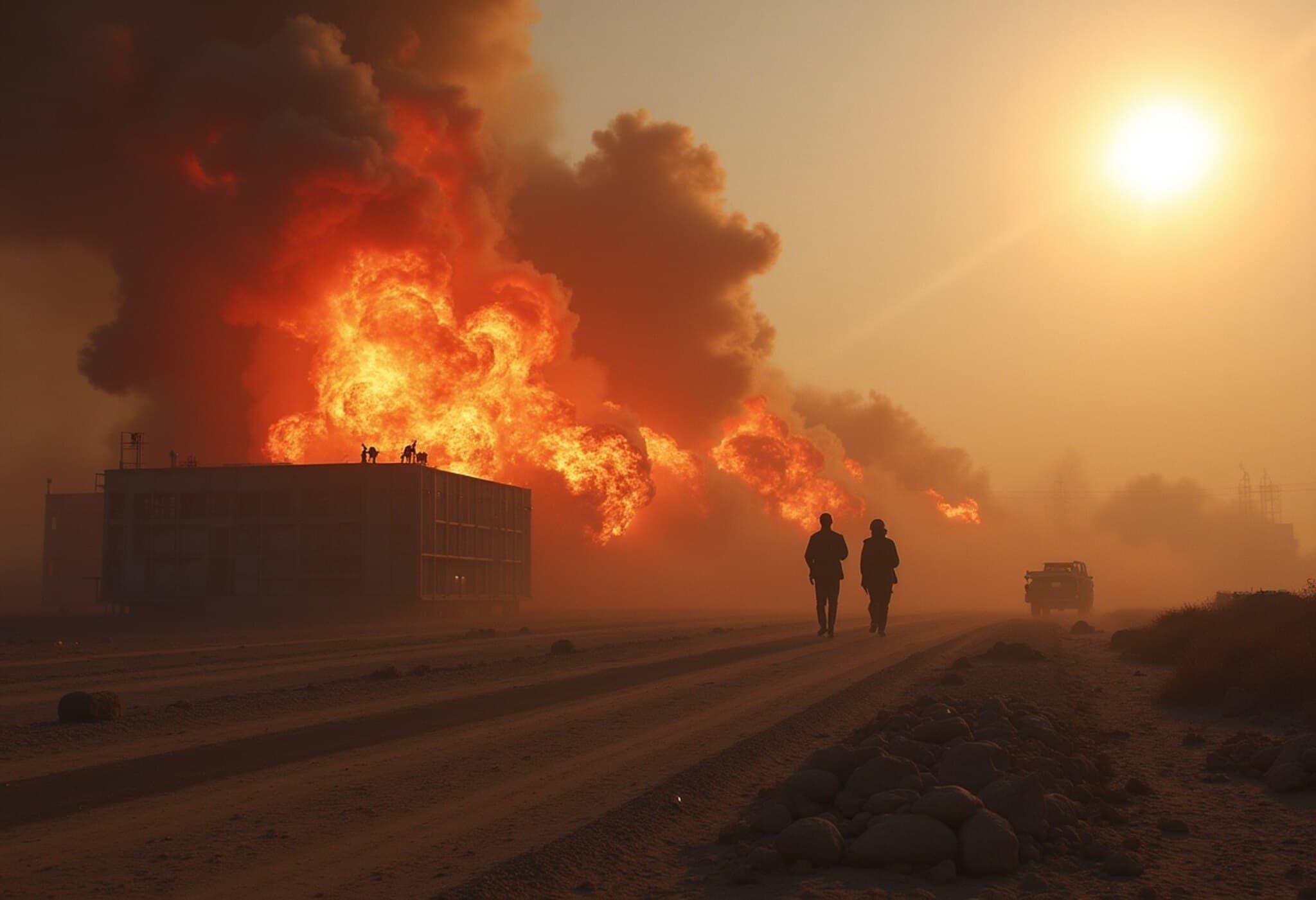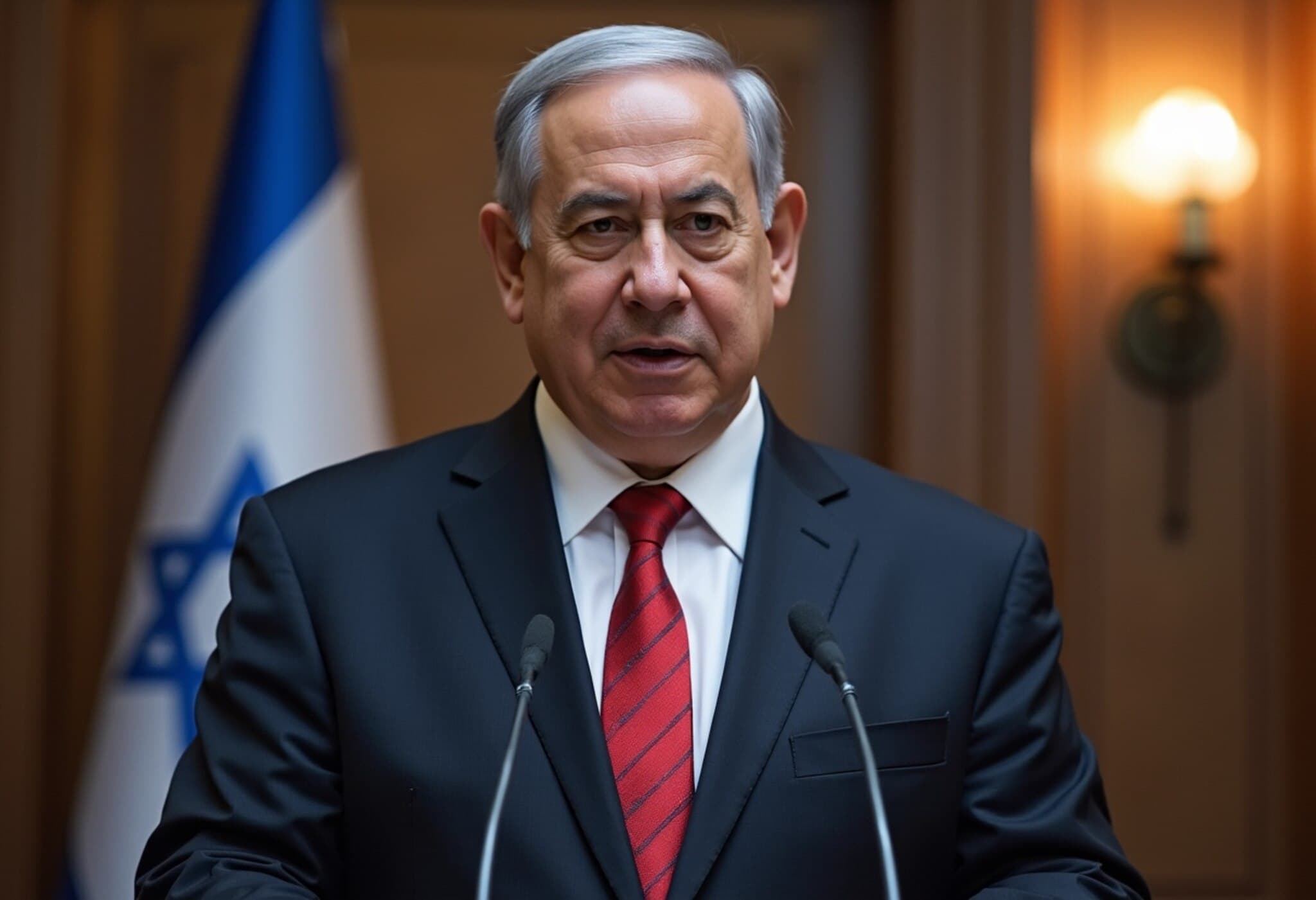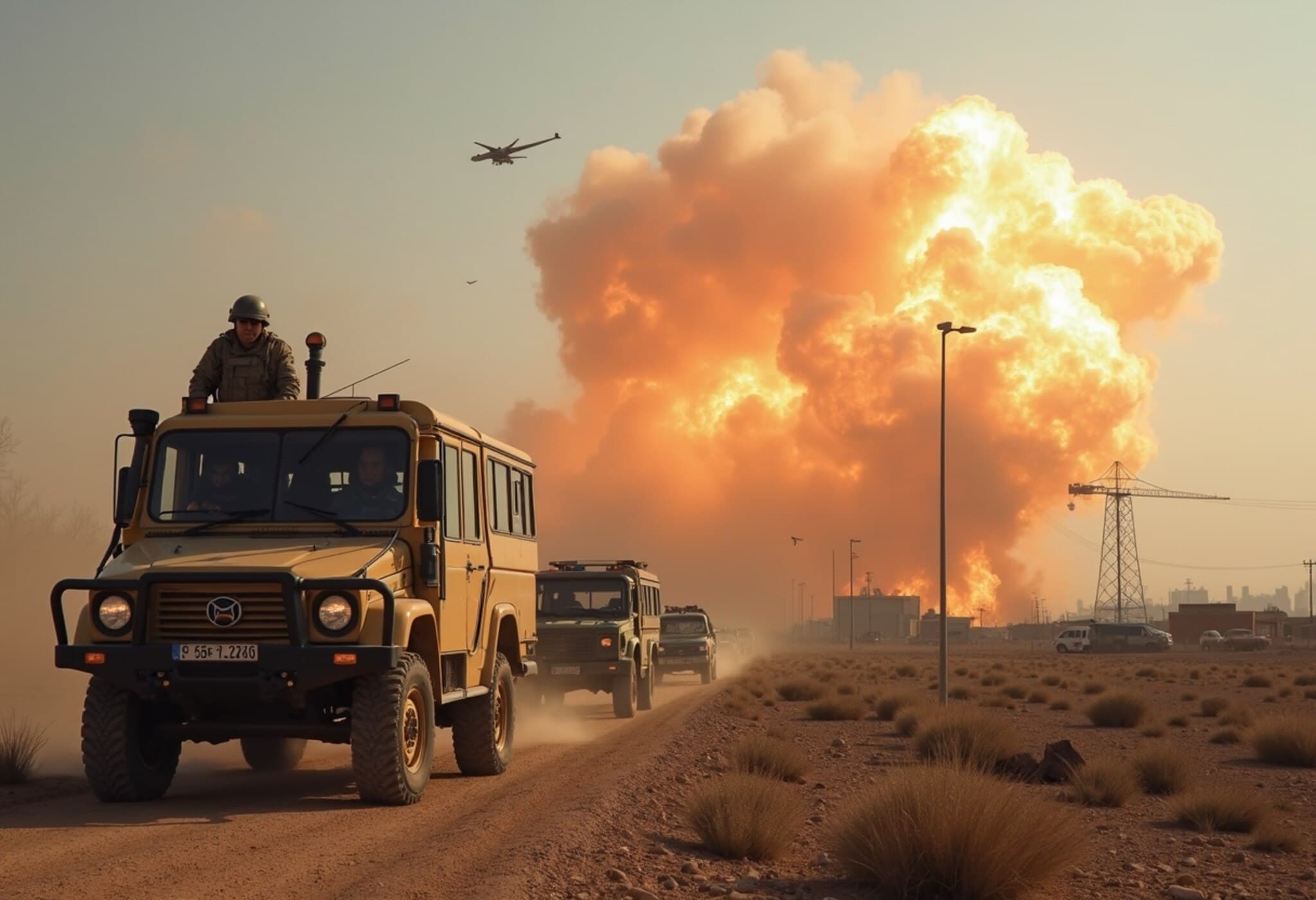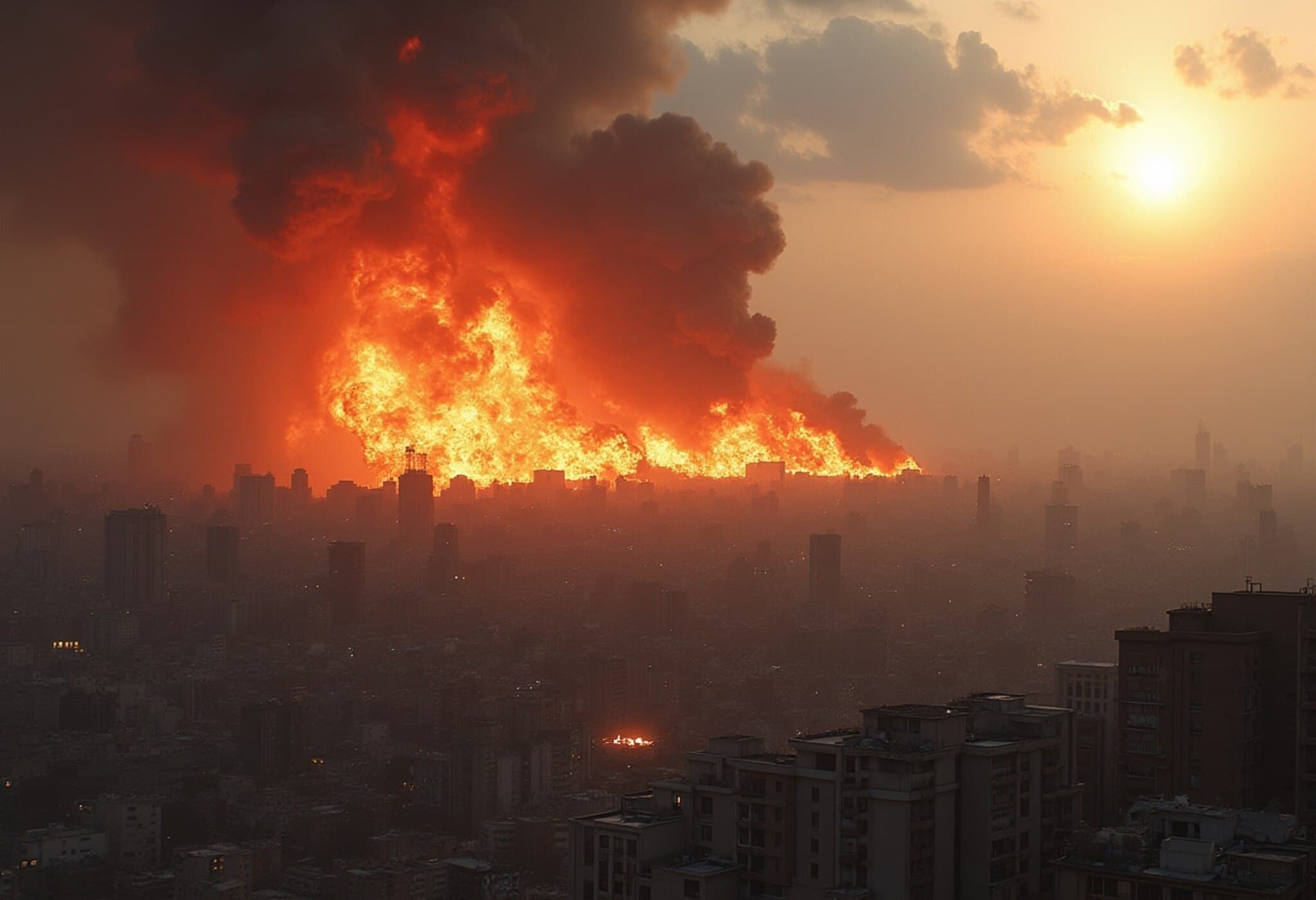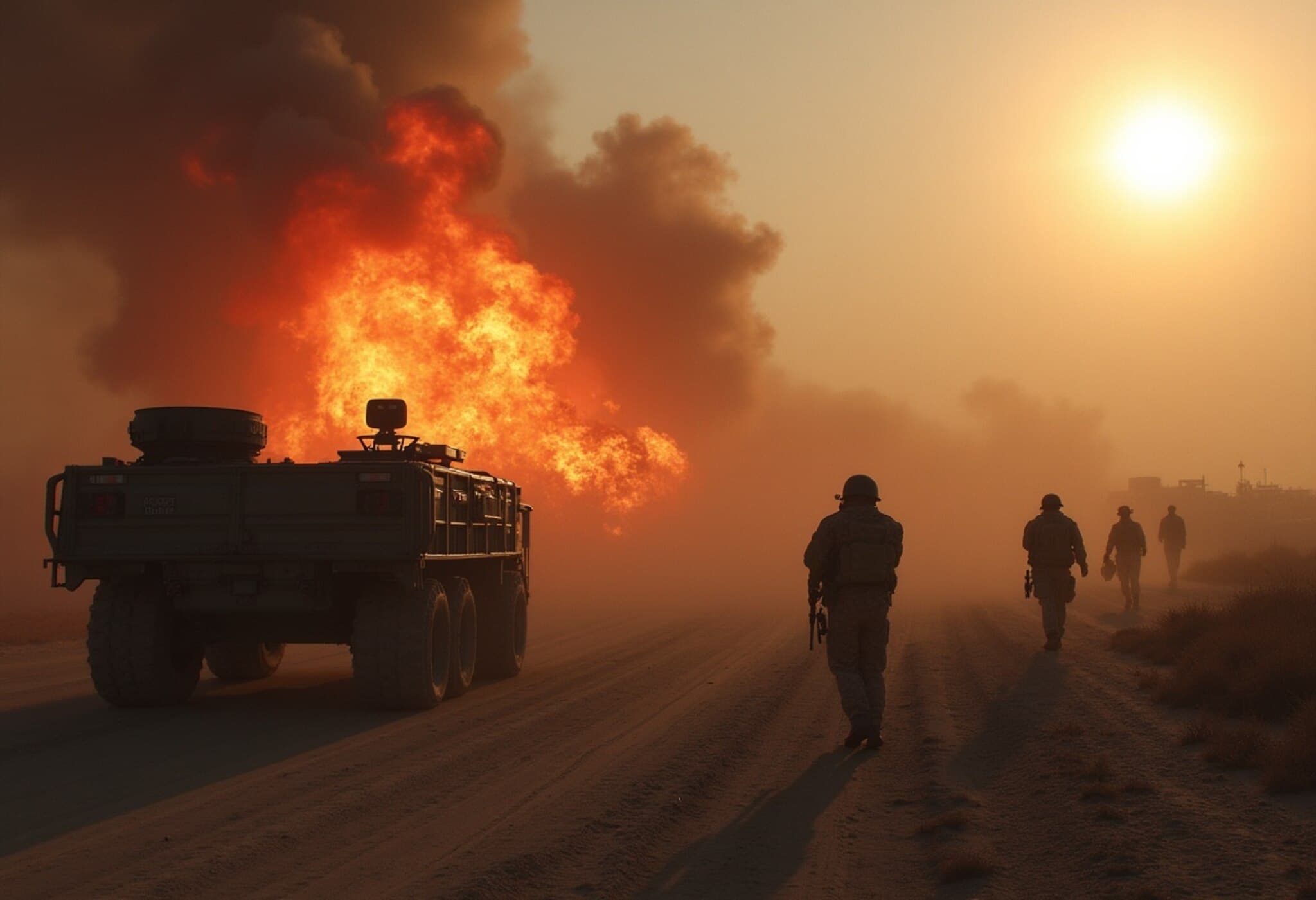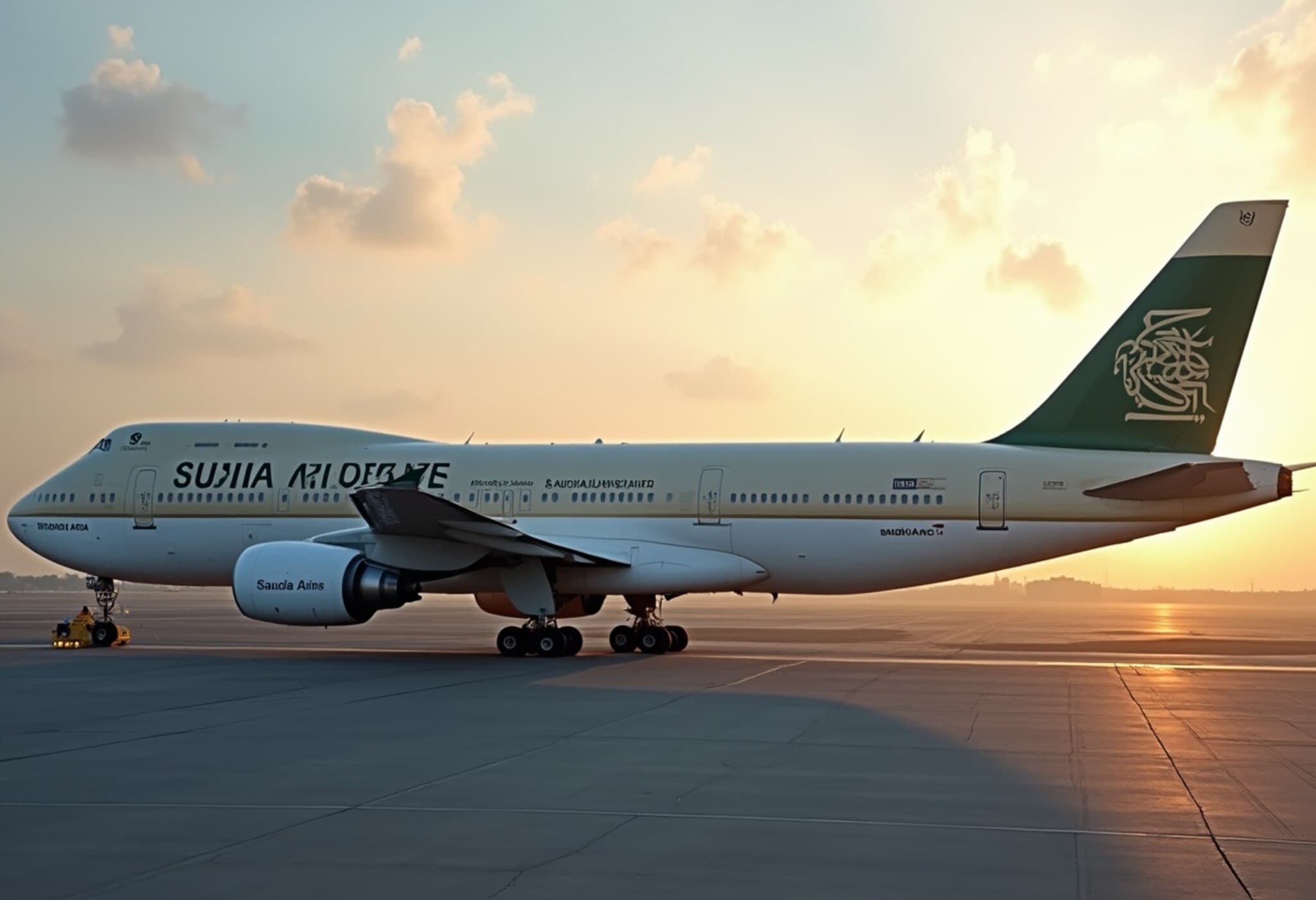Understanding the Impact of Israel’s Recent Strikes on Iran’s Nuclear Ambitions
In the wake of Israel’s recent aerial attacks on Iran, questions swirl about how close Tehran was to developing nuclear weapons. While Israel intended these preemptive strikes as a decisive move to stall Iran’s nuclear progress, intelligence assessments present a nuanced picture that suggests Iran may still be years away from a functional nuclear bomb.
What the Attacks Achieved—and What They Didn’t
Israel’s air raids have reportedly claimed at least 224 lives and inflicted significant damage on the Natanz uranium enrichment facility. However, the more heavily fortified Fordow site, known as Iran’s most secure nuclear facility, emerged largely unscathed. According to satellite imagery reviewed by international inspectors, Fordow continues to operate without major disruption, raising concerns about the limitations of the strikes.
A senior US official noted that while the attacks dealt a blow by damaging Natanz’s centrifuges, the critical infrastructure needed to enrich uranium to weapons-grade levels remains mostly intact. This suggests that Israel’s offensive may have set back Iran’s nuclear program by only a few months rather than years.
Diverging Intelligence Assessments on Iran’s Nuclear Timeline
US and Israeli intelligence agencies have often differed in their evaluations. Some US officials believe Iran remains up to three years away from creating a reliable nuclear weapon, emphasizing that while the components may be in place, the political directive to weaponize the program has not yet been given.
Yet, pressure mounts as US Central Command voices fears that Iran could rapidly accelerate its nuclear efforts if it opts to "sprint" toward weaponization. This concern has prompted the deployment of additional US military assets to the Middle East, including the USS Nimitz carrier group, underscoring the heightened strategic tension in the region.
Fordow: The Crucial Question Mark
Experts argue that Israel lacks the capacity to strike Fordow effectively without direct US military support. The survival of the Fordow plant poses a significant challenge, with some analysts warning that allowing it to remain operational might ultimately complicate efforts to contain Iran’s nuclear ambitions.
As one former diplomat remarked, "If this ends with Fordow intact, you could actually have a worse problem." The enduring functionality of this deeply protected site keeps the broader picture uncertain.
Diplomatic Tensions and Future Outlook
Amid fears that Israeli attacks could backfire by pushing Iran toward full nuclear weapon production, the international community remains divided. While calls for renewed dialogue come from various corners, Iranian officials have categorically rejected diplomacy while Israeli strikes persist.
Meanwhile, global powers watch closely. Leadership voices recognize the precarious balance between military action and diplomatic engagement in this volatile landscape.
Key Takeaways
- Israel’s air raids caused substantial damage to Iran’s Natanz facility but left the Fordow plant untouched.
- US intelligence suggests Iran is still approximately three years away from delivering a nuclear weapon.
- The survival of Fordow remains a critical hurdle in halting Iran’s nuclear progress.
- US military presence in the Middle East has increased amid concerns of accelerated Iranian weaponization.
- Diplomatic efforts are stalled as Iran refuses negotiations amid ongoing Israeli attacks.

